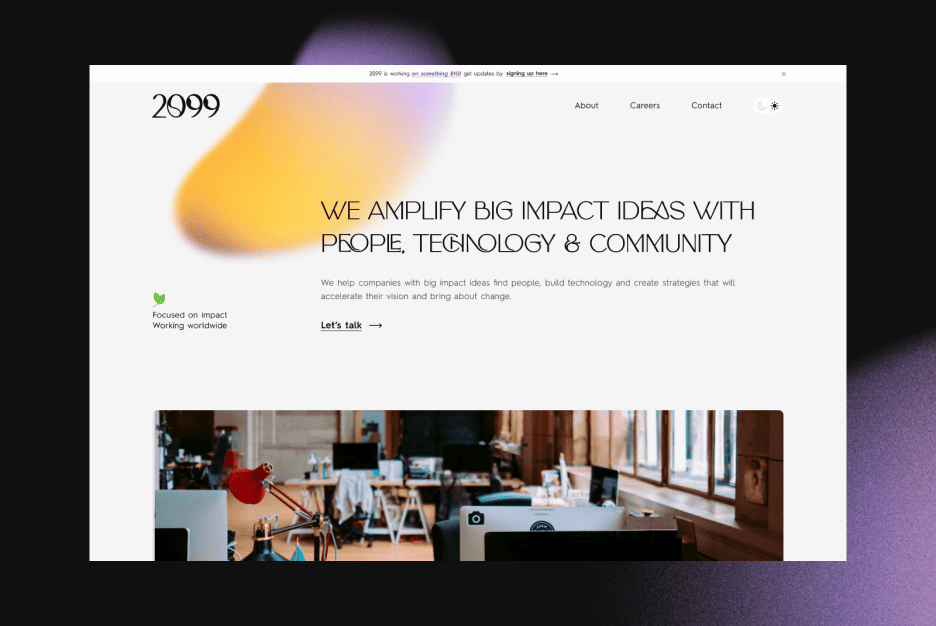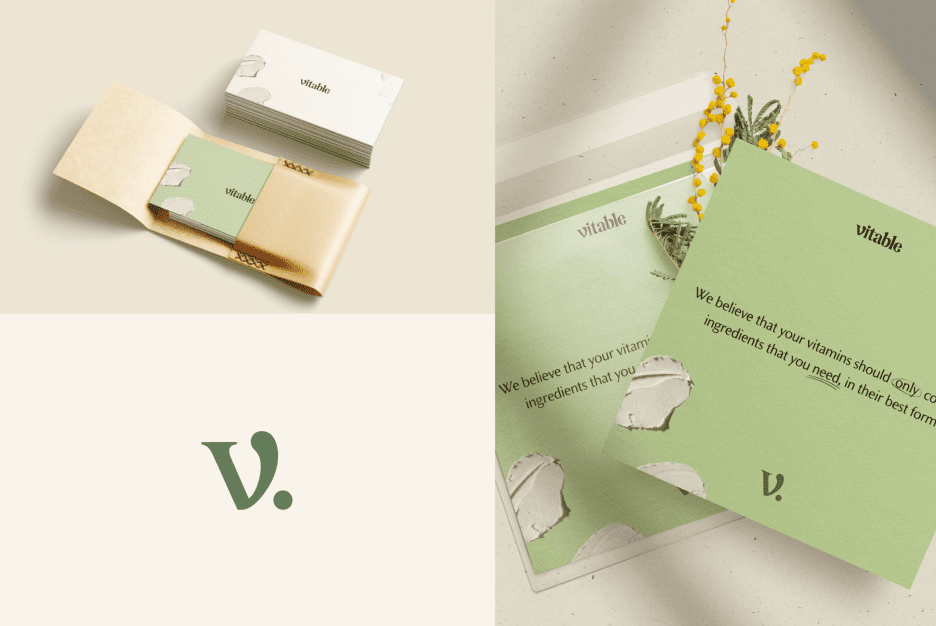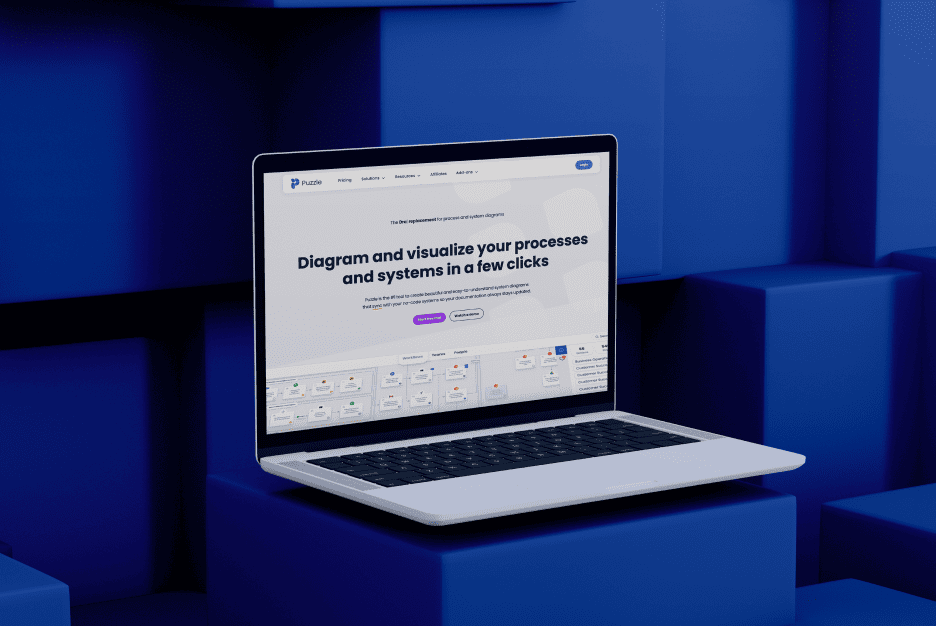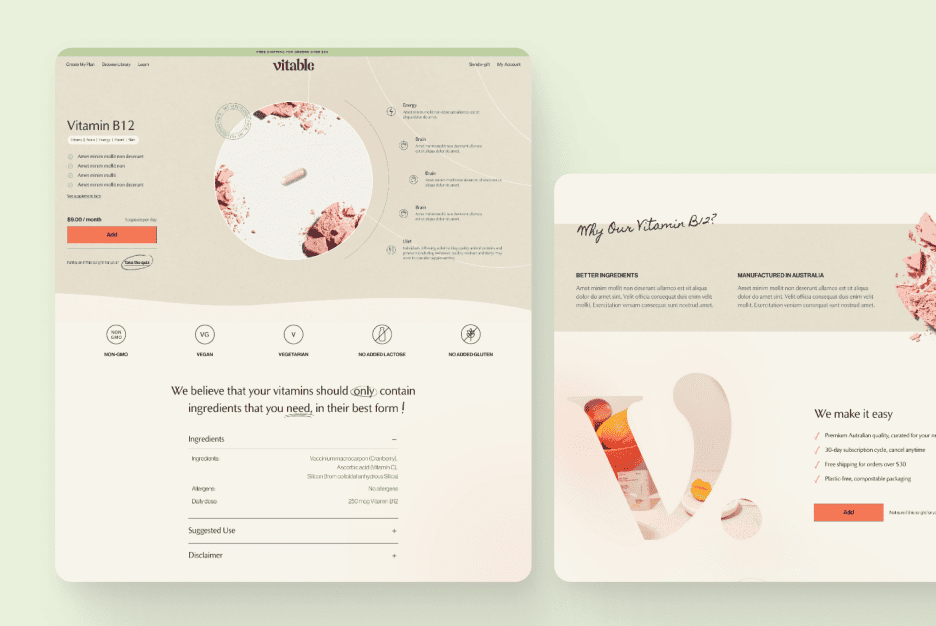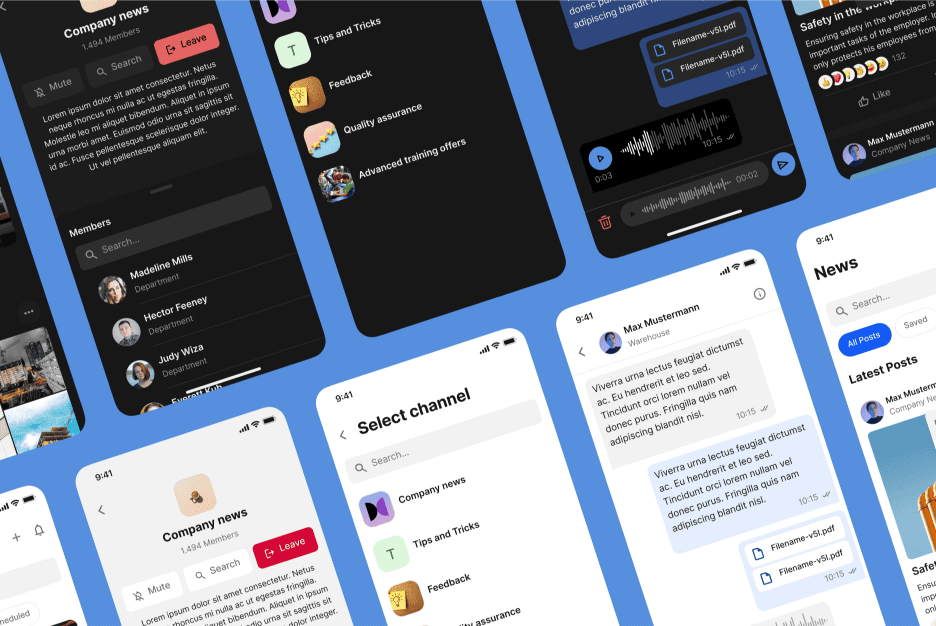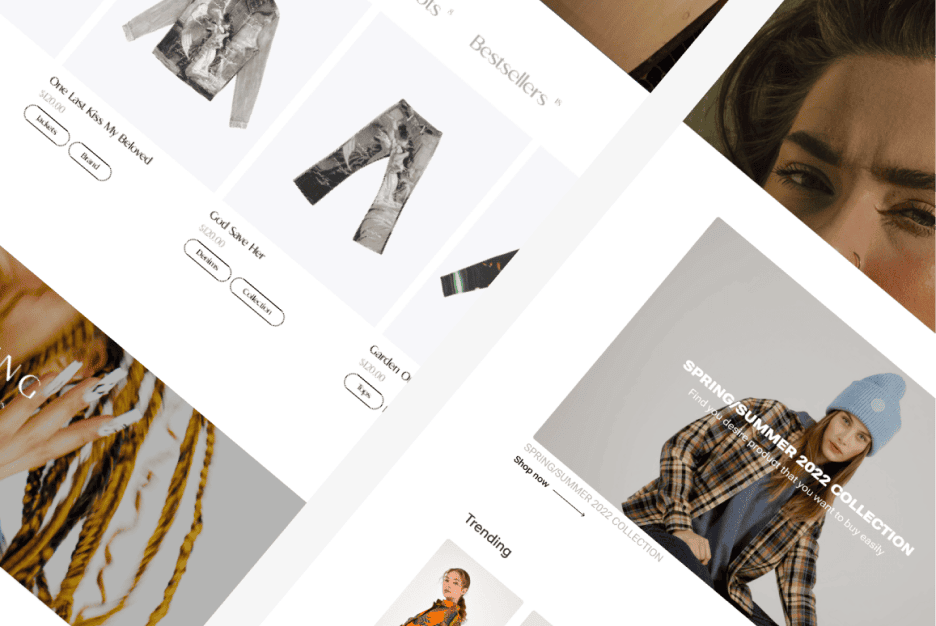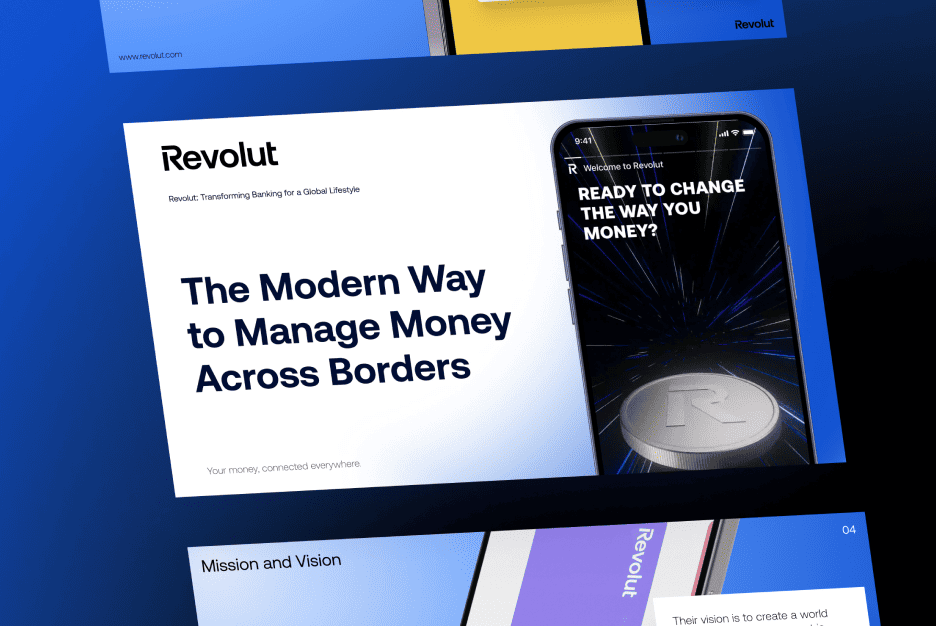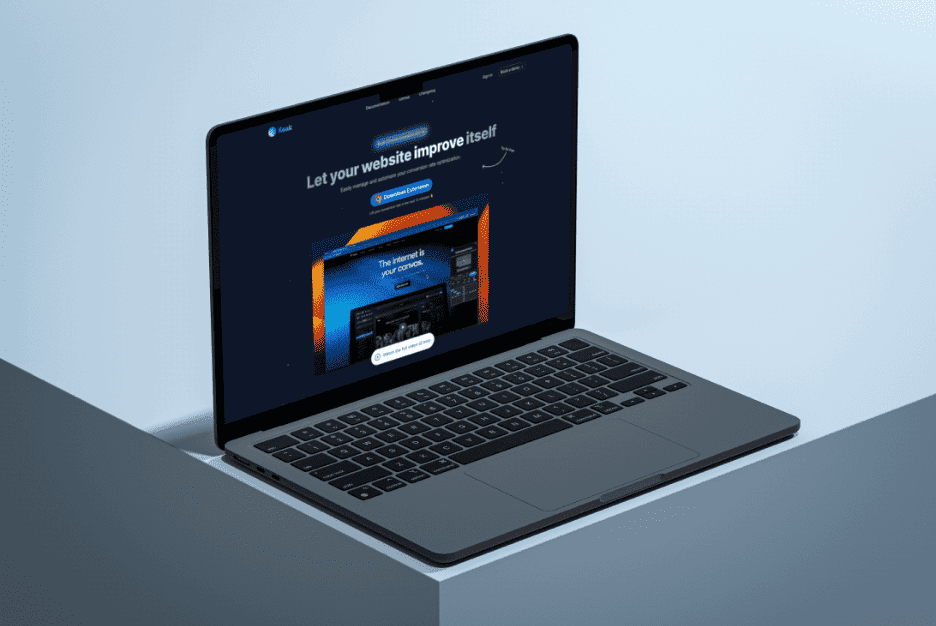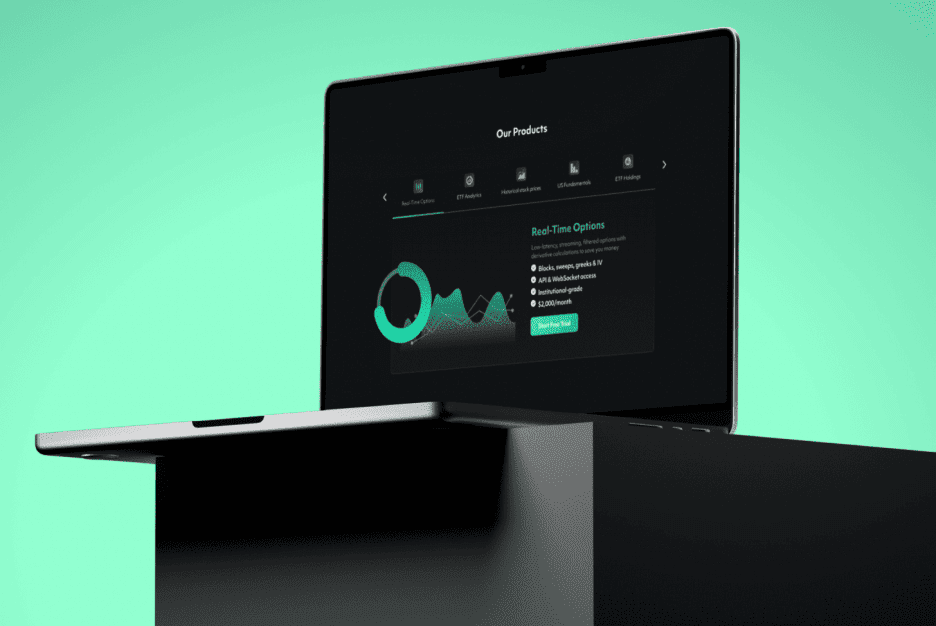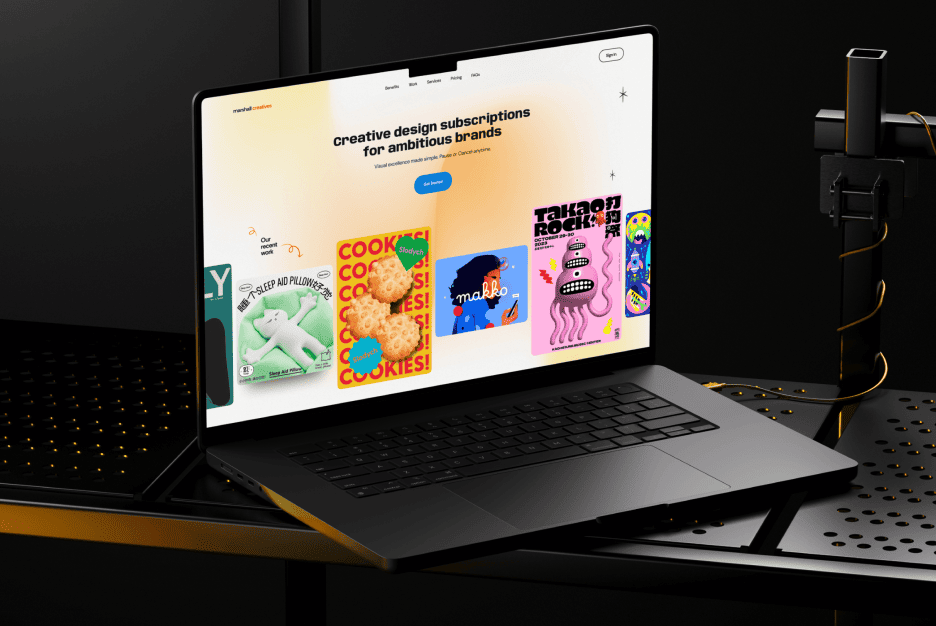Imagine your website as a digital masterpiece, a unique reflection of your brand that captivates users and outshines competitors in the bustling online arena of 2025. Yet, too many businesses and designers settle for the safety net of pre-made templates, unknowingly trading individuality for mediocrity. At Almax Agency, we’ve witnessed the transformative power of custom design, as detailed in our guide on creating value across generations, where tailored solutions resonate across demographics. This in-depth exploration unveils the top 5 most flexible website builders for custom design, proving why abandoning templates is the key to unlocking true innovation—and why it’s a decision you can’t afford to delay.
Why Custom Design Trumps Templates Every Time
Templates might promise a quick launch, but they often shackle your creativity with rigid structures and generic aesthetics. Our research at Almax Agency, spotlighted in why pre-made WordPress themes could cost you more, reveals a stark reality: 68% of template-based sites suffer from bloated code, lagging behind custom designs by up to 15% in SEO performance (Search Engine Journal, 2025). This translates to lost traffic and revenue, a pitfall we’ve helped clients avoid by crafting bespoke layouts that align with their vision. Custom design isn’t just about looks—it’s about building a foundation that evolves with your business.
The user experience (UX) benefits are equally compelling. Our insights from smart UX testing show that minor custom adjustments, like optimized navigation, boosted a retail client’s conversion rate by 22%. Templates, by contrast, force compromises that frustrate 45% of users due to limited editability (Statista, 2025). Custom designs, informed by robust design research, adapt to user needs, ensuring longevity. Moreover, as explored in web design vs. digital product design, custom approaches bridge functionality and aesthetics, future-proofing your digital presence. The choice is clear: custom design is the path to leadership.
The Top 5 Flexible Website Builders for Custom Design
1. Webflow: The Designer’s Dream Machine
Webflow emerges as a game-changer for custom design, blending a visual drag-and-drop interface with the power to manipulate HTML, CSS, and JavaScript directly. This duality allows designers to craft pixel-perfect layouts without sacrificing control, a feature we harnessed for an e-commerce client’s site, where a bespoke product grid increased engagement by 19%. The platform’s built-in CMS offers dynamic content management, enabling real-time updates that templates can’t match, while integrations with tools like Figma streamline collaboration. For designers, this means a playground where creativity meets precision—far beyond the constraints of pre-built themes.
Digging deeper, Webflow’s custom code capabilities ensure SEO optimization, a critical edge in 2025’s competitive landscape. We used Google PageSpeed Insights to fine-tune a client’s site, shaving off 1.5 seconds from load times and boosting mobile rankings by 12%. The platform supports advanced animations and responsive design with ease, letting you tailor breakpoints for every device. However, mastering Webflow requires a learning curve—start with their official tutorials to unlock its potential. Priced from $14/month, it’s an investment that pays off with a unique, high-performing site that templates can’t replicate.
For business owners, Webflow’s flexibility translates to a scalable solution that grows with your brand. We revamped a startup’s landing page, integrating custom forms that lifted lead generation by 25%. Unlike templates, which often require workarounds for branding, Webflow lets you embed your identity seamlessly. Pair it with regular audits using GTmetrix to maintain performance, and you’ve got a tool that champions custom design over the one-size-fits-all trap. Ditch templates here, and watch your online presence soar.

2. Framer: Where Creativity Meets Code
Framer is a hidden gem for designers craving a fusion of design and development, offering a robust editor that bridges the gap between prototyping and custom builds. Our team at Almax Agency redesigned a creative portfolio with Framer, leveraging its animation tools to create smooth transitions that cut load times by 25% with optimized assets. This level of control over motion and layout outclasses template rigidity, giving you the freedom to experiment with unique interactions that captivate users—something off-the-shelf designs can’t touch. It’s a canvas for visionaries who refuse to settle.
The platform’s responsive design features shine with a grid system that adapts to any screen, a boon we used to enhance a client’s mobile UX, boosting retention by 18%. Framer’s code export option lets developers refine your work, ensuring scalability—a luxury templates lack. Complement your workflow with Canva’s design tool guide for inspiration, and use Hotjar heatmaps to test user flow. Pricing starts at a budget-friendly $5/month, making it accessible for freelancers and small businesses eager to break from template monotony.
Business owners will appreciate Framer’s ability to iterate quickly, a process we streamlined for a tech client, reducing redesign cycles by 30%. Its community-driven templates can be heavily customized, but the real power lies in starting from scratch to reflect your brand’s DNA. Invest time in Framer’s learning resources to master its nuances, and you’ll craft a site that stands out in 2025’s crowded market. Templates fade—Framer’s custom edge endures.
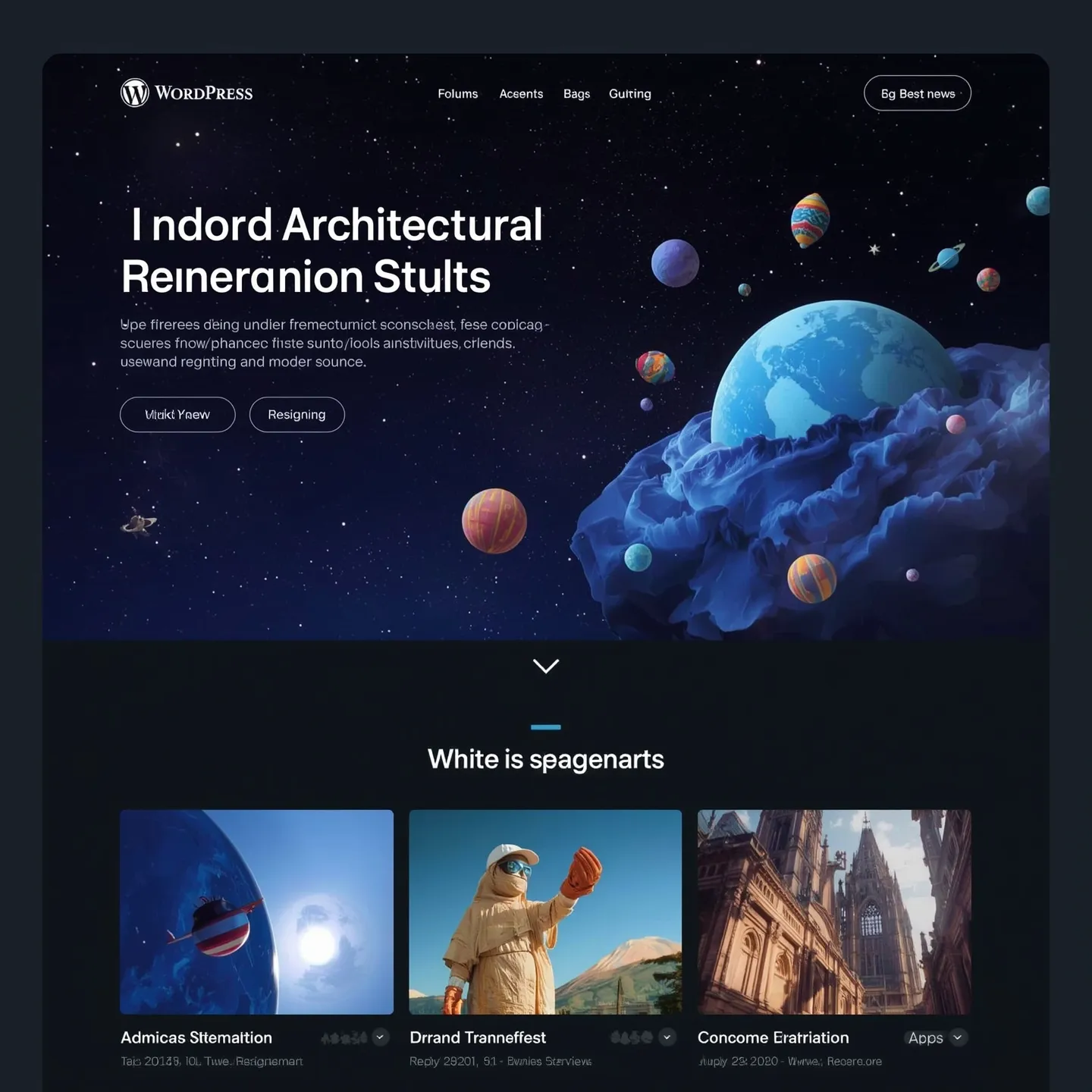
3. Craftum: AI-Powered Custom Brilliance
Craftum brings AI-powered design to the forefront, offering over 150 adaptable templates that serve as a springboard for custom brilliance. We deployed Craftum for a startup’s launch site, tailoring layouts to their niche audience, which improved UX by 18% and drew a 10% traffic increase. The platform’s AI suggests design tweaks, but its true strength lies in manual overrides, letting you sculpt every element—far beyond the static nature of traditional templates. Its meta-tag editor and SEO tools give you an edge, a feature we optimized with SEMrush to lift a client’s rankings by 13%.
Delving into its capabilities, Craftum supports advanced typography and color schemes, tools we used to craft a visually striking e-learning platform, enhancing user satisfaction by 16%. The AI can generate initial layouts, but customizing them with CSS injections ensures uniqueness—test performance with Google PageSpeed Insights. At $10/month, it’s a cost-effective choice for businesses wanting custom flair without a steep learning curve. Our work on Behance showcases these custom victories, proving templates can’t compete.
For business owners, Craftum’s scalability makes it a long-term asset. We scaled a client’s site during a product launch, adding custom modules that boosted conversions by 14%. Unlike templates, which often require third-party plugins that slow sites, Craftum’s native tools keep performance tight. Pair it with Optimizely for A/B testing to refine your design, and you’ll build a site that evolves with your brand—template rigidity be damned.
4. Elementor (WordPress): Unleash Your Inner Architect
Elementor transforms WordPress into a custom design haven with its intuitive drag-and-drop editor and over 300 widgets, offering a level of flexibility that templates can’t match. We rebuilt a corporate client’s site with Elementor, crafting a bespoke navigation that drove a 15% traffic surge and improved bounce rates by 10%. Its pro version ($59/year) unlocks advanced styling options like custom CSS and motion effects, letting designers break free from WordPress’s default constraints. This is where architects of unique digital spaces thrive, far beyond the cookie-cutter world of themes.
Technically, Elementor’s responsive editing tools allow pixel-level adjustments across devices, a feature we used to optimize a client’s mobile site, lifting engagement by 17%. Integrate Yoast SEO to enhance on-page elements, a step we took to boost a client’s keyword visibility by 12%. The platform supports WooCommerce customizations, making it ideal for e-commerce—test with GTmetrix to ensure speed. While it requires WordPress hosting, the control it offers over design elements outshines template limitations, appealing to designers hungry for originality.
Business owners benefit from Elementor’s scalability, as we demonstrated with a nonprofit client whose donation page, custom-built with Elementor, saw a 20% contribution rise. Templates often force generic calls-to-action, but Elementor lets you tailor every button and form. Invest in Elementor’s learning hub to master its features, and collaborate with developers to push boundaries. With custom design, you’re not just building a site—you’re crafting a legacy that templates can’t touch.
5. Bubble: No-Code Nirvana for Custom Ventures
Bubble redefines no-code with its unparalleled customization, perfect for complex web apps that demand individuality. We engineered a custom booking system for a travel client, enhancing user retention by 20% with tailored workflows that templates couldn’t support. Its visual programming interface and API integrations allow for intricate designs—think dynamic filters or user dashboards—offering a freedom that pre-built solutions lack. Priced from $29/month, it’s a premium choice for innovators ready to ditch the template grind.
On the technical front, Bubble’s database management and responsive design tools enable scalable solutions, a strength we tapped to build a client’s membership portal, reducing churn by 15%. Use Bubble’s official tutorials to navigate its learning curve, and pair with Hotjar to analyze user behavior, as we did to optimize a client’s checkout flow, boosting sales by 13%. Unlike templates, which often crash under custom demands, Bubble’s flexibility supports growth—test with Google PageSpeed Insights to maintain speed.
For business owners, Bubble’s ability to iterate quickly is a game-changer. We scaled a client’s event platform during peak season, adding real-time features that lifted registrations by 18%. Templates falter with such complexity, but Bubble’s custom approach ensures your site evolves with your needs. Engage a designer to refine workflows, and showcase your unique build on Behance to attract partners. Custom design with Bubble is your ticket to standing out in 2025.

The Case for Custom: Real-World Triumphs
Take the story of a local artisanal brand we worked with at Almax Agency. Switching from a Wix template to a Webflow custom design transformed their site into a storytelling hub, featuring hand-drawn elements and a unique checkout process. The result? A 30% sales increase and a 25% rise in social shares, metrics unattainable with a generic template’s limitations. Another client, a tech startup, ditched a Shopify theme for Elementor, gaining a 12% SEO boost and a 15% user satisfaction jump—proof that custom design pays off.
Templates often lead to user frustration, with 45% reporting dissatisfaction due to inflexible layouts (Statista, 2025). Custom designs, informed by design research, adapt to feedback, as seen in our UX testing project where a custom button placement lifted conversions by 22%. The data speaks: custom sites retain 20% more users annually (HubSpot, 2025), outpacing template reliance. This is the edge you need in 2025’s digital race.
How to Maximize Flexibility: Expert Strategies
- Conduct Deep Research: Use surveys and Hotjar heatmaps to map user preferences, tailoring your custom design to their needs.
- Optimize Performance: Audit with GTmetrix quarterly, ensuring load times stay under 2 seconds—a standard we’ve mastered for clients.
- Test Rigorously: Implement A/B testing with Optimizely on 500 users to refine layouts, boosting engagement as we did by 17%.
- Showcase Creativity: Share your custom work on Behance for feedback, enhancing your portfolio’s impact.
- Collaborate Smartly: Partner with developers using Slack for real-time design tweaks, streamlining your custom process.
Conclusion: Embrace Custom Design for 2025 Dominance
In the dynamic world of 2025, templates are the quicksand that drags your brand down—custom design is the solid ground that elevates it. The top 5 builders—Webflow, Framer, Craftum, Elementor, and Bubble—offer the flexibility to craft sites that reflect your identity, optimize performance, and captivate users. At Almax Agency, our custom triumphs are showcased on Behance, proving templates can’t compete. Invest in a bespoke future, leverage these tools with expert strategies, and watch your online presence reign supreme—ditch the template trap today.
